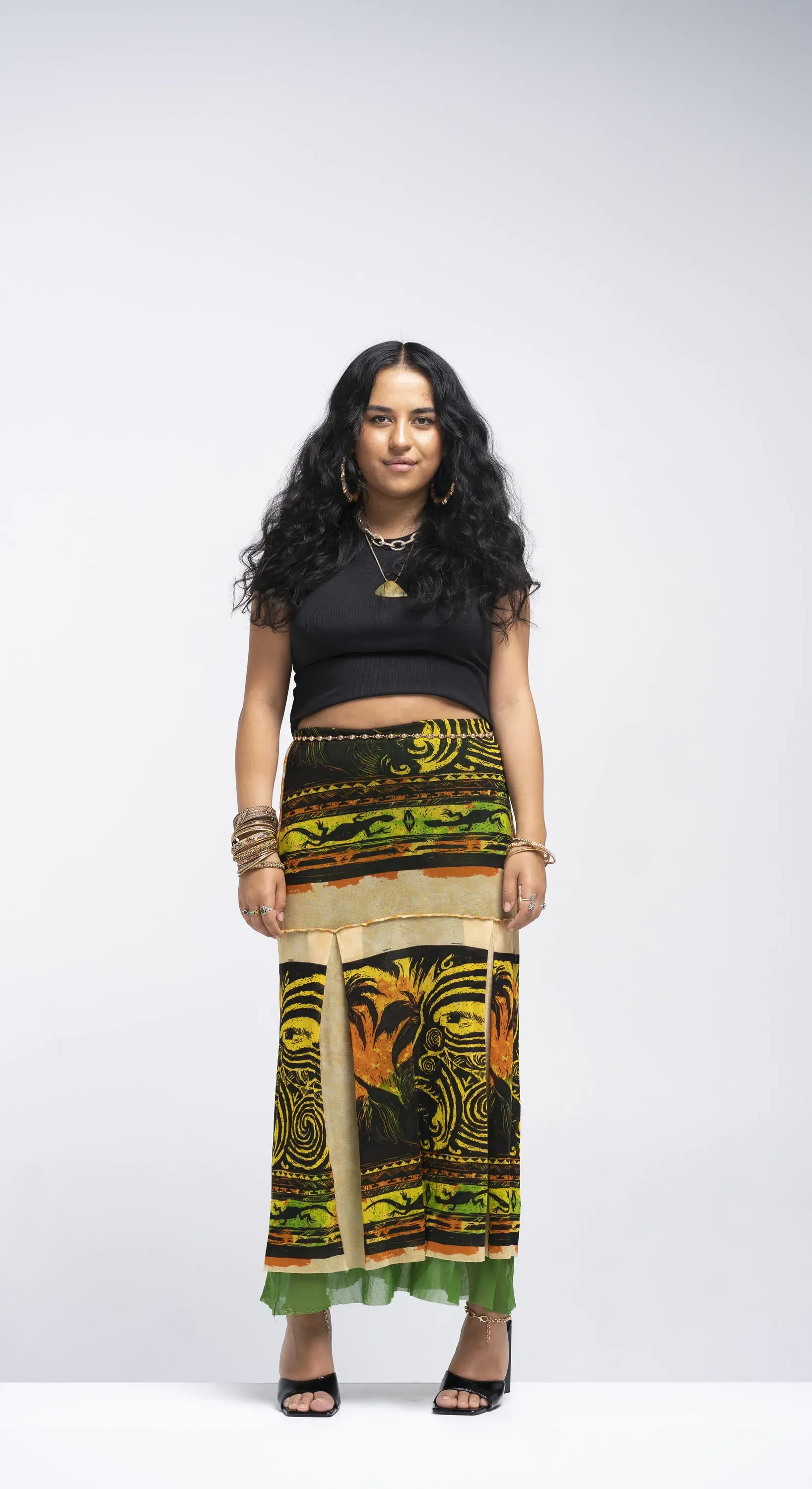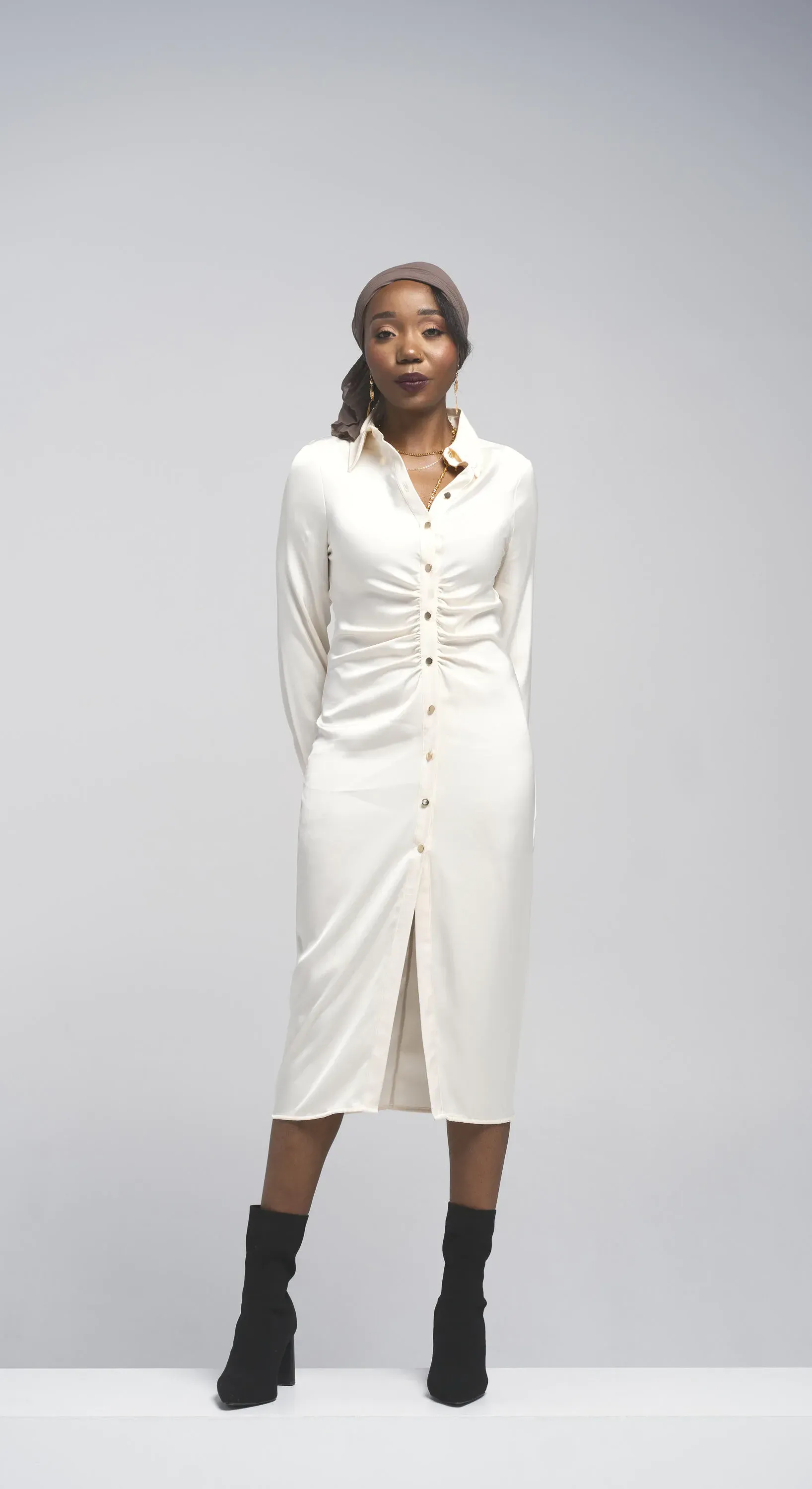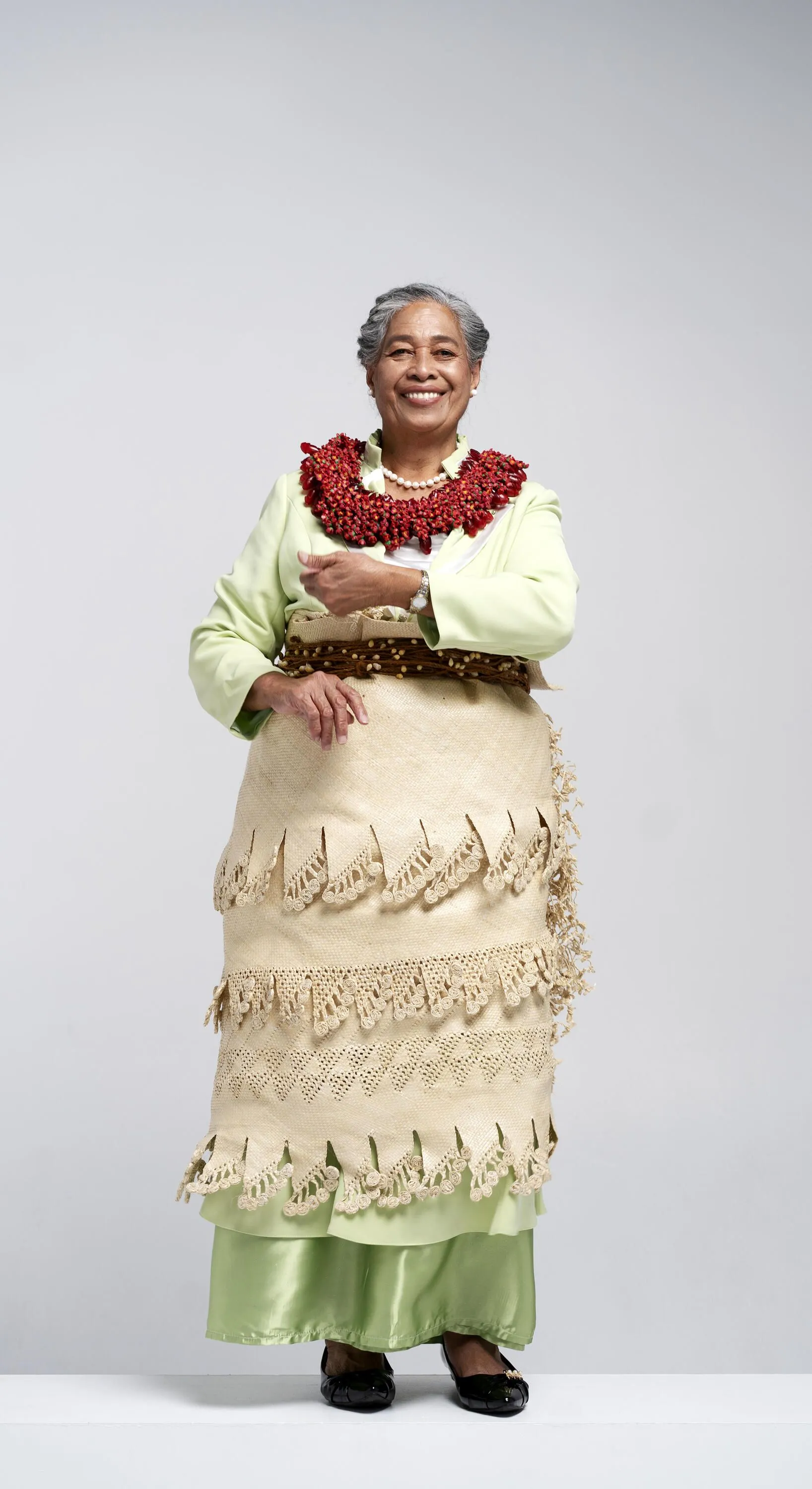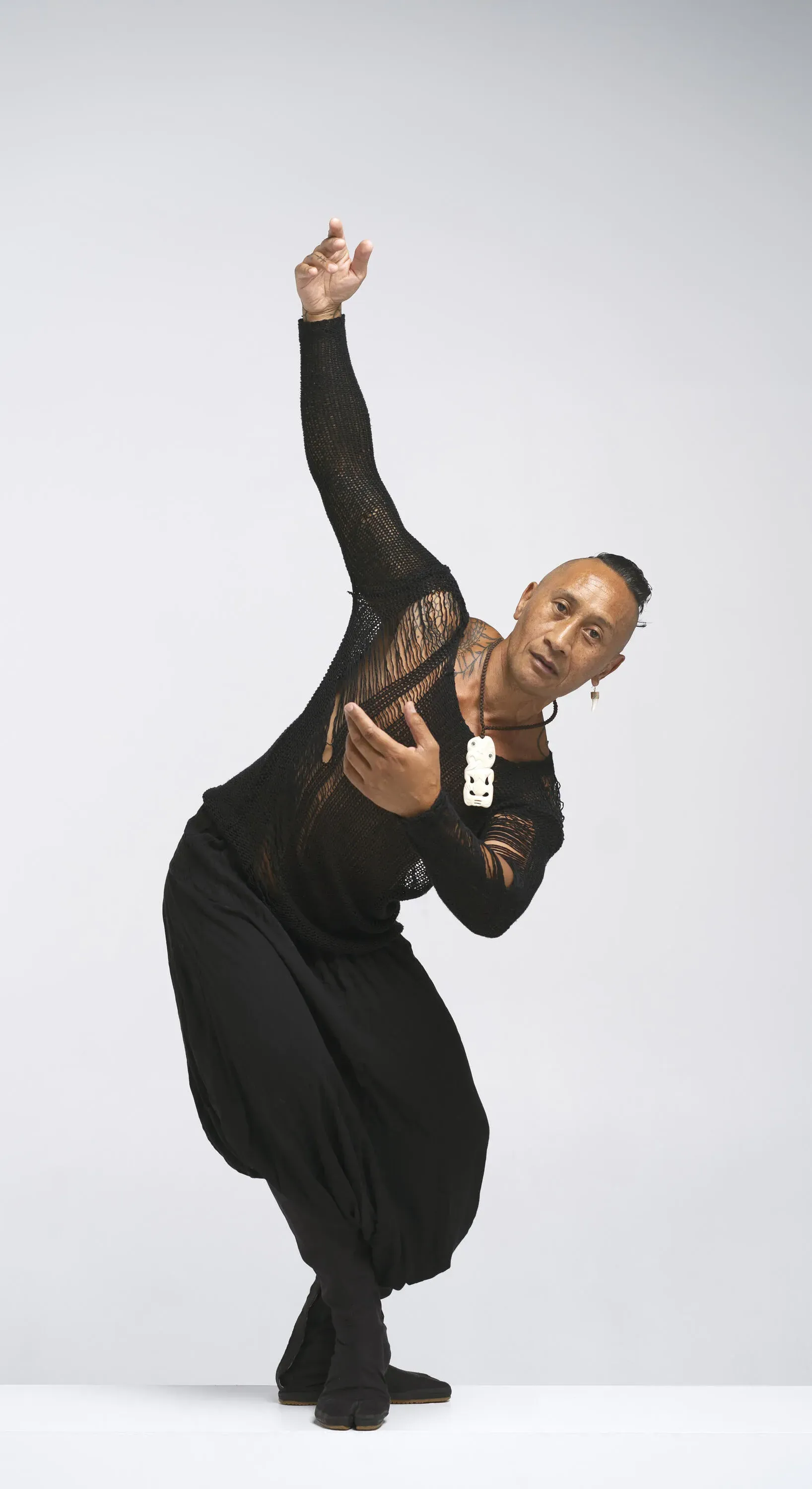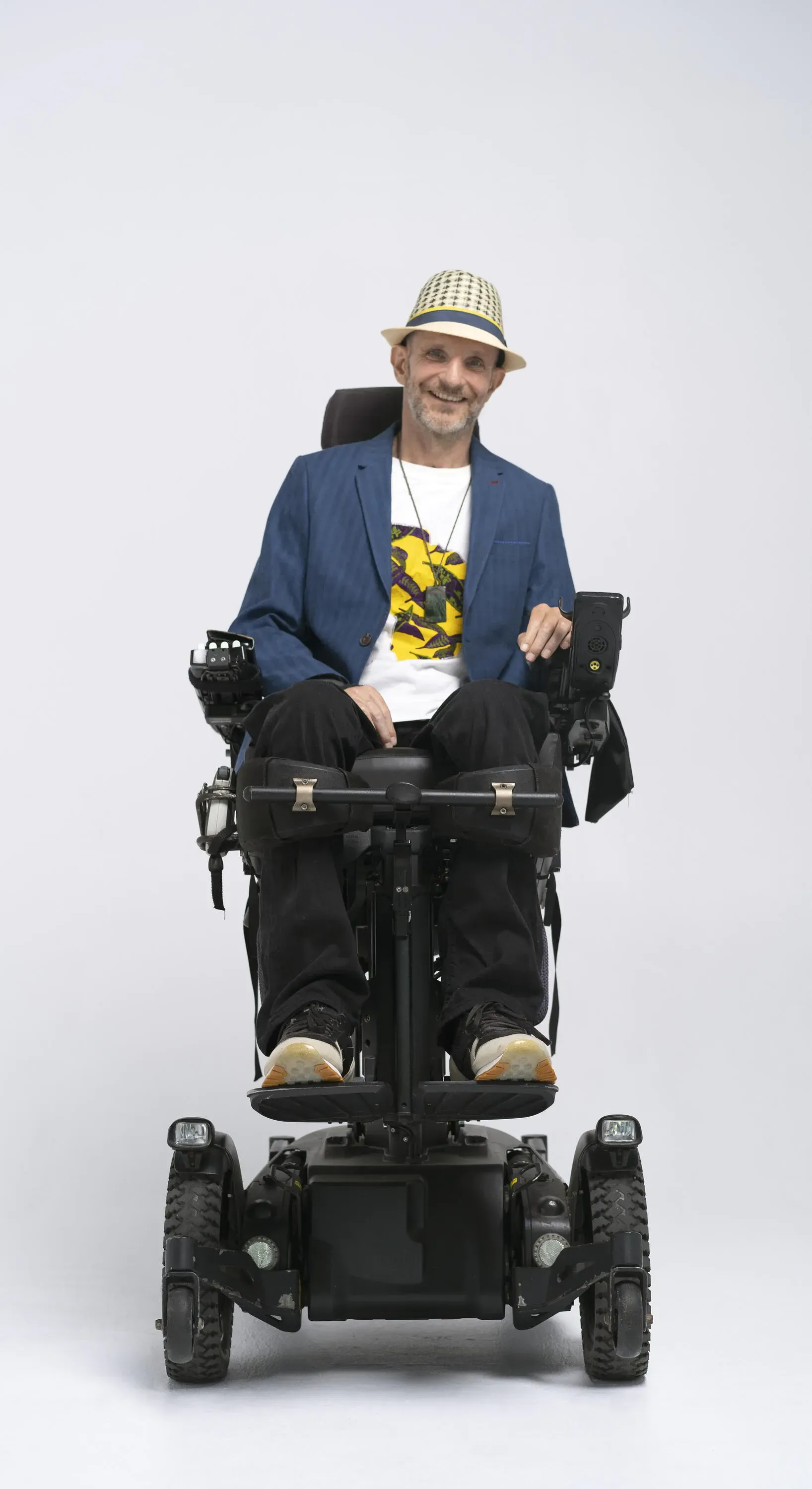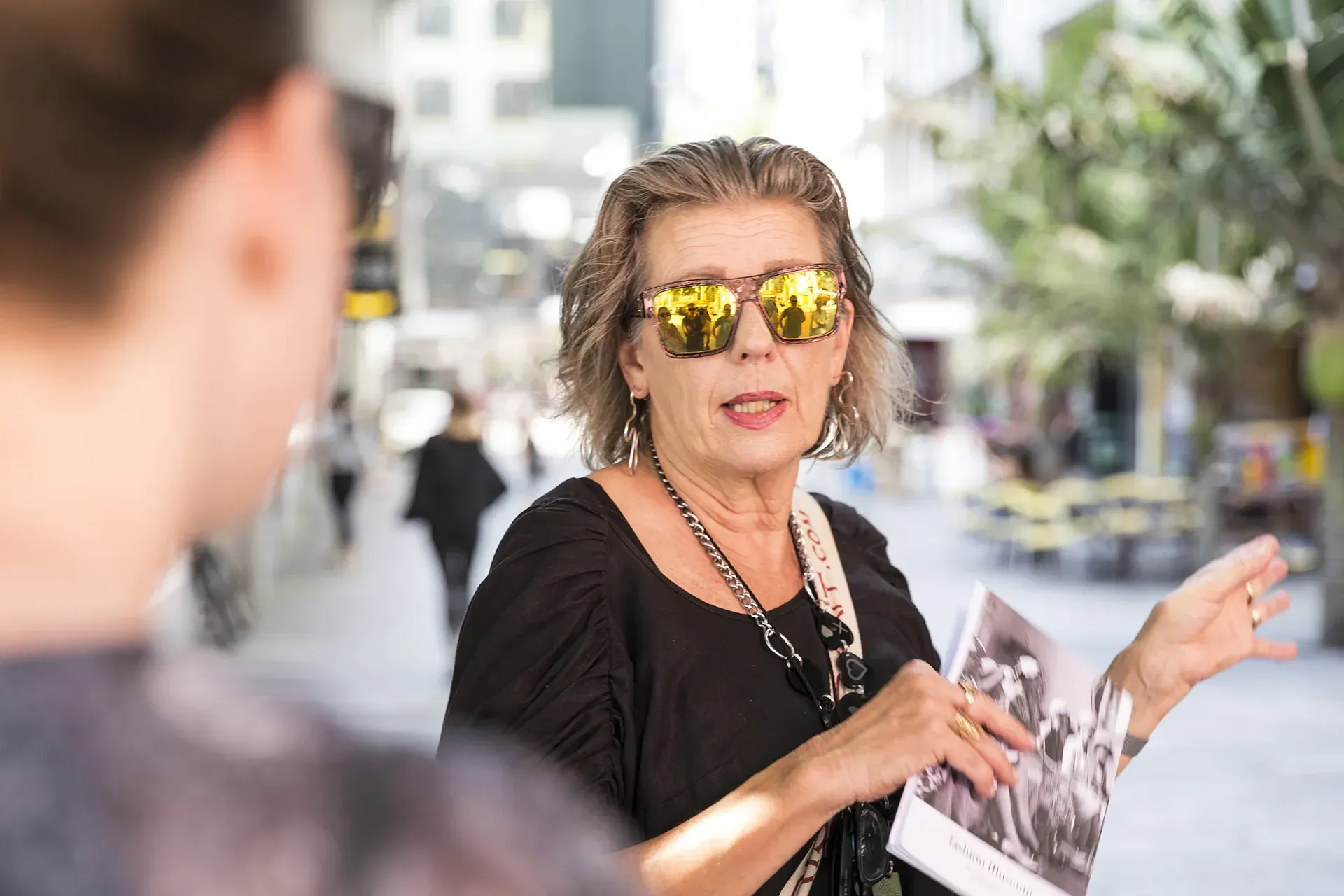The Ultimate Form of Self-Expression
Written by
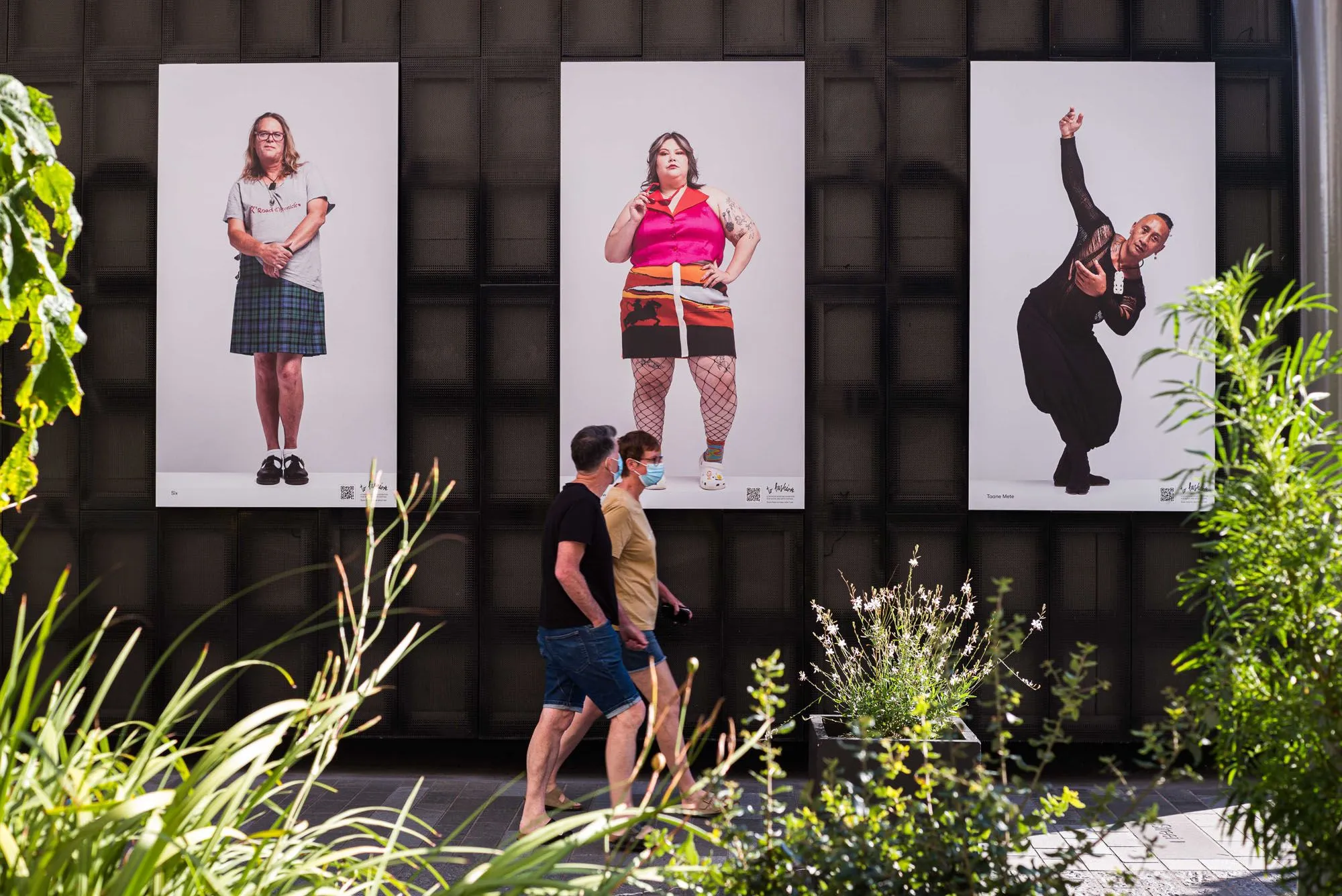
Creativity is all about expression - no matter the form it takes. Expressing how you feel, how you think, who you are (or who you want to be) and what you stand for.
And there’s an act of self-expression that people do every day*. Chances are you’ve done it yourself today - at least once.
As much admired designer Doris de Pont underlines “stepping into an outfit is one of the most powerful acts of self-expression you can undertake every day.”
Four decades of creating fashion in Aotearoa - as well as being the founder of the New Zealand Fashion Museum and one of the most vocal champions of the craft, gives de Pont a rock-solid platform to speak from.
One of the topics she speaks most passionately about is shifting a long entrenched attitude to what fashion is - and how it is viewed.
It’s the driving force behind NZ Fashion Museum’s open-air, multi-location exhibition that’s turning heads on the streets of Tāmaki Makaurau as part of the Auckland Arts Festival - to fashion: Dressing Aotearoa.
She told The Big Idea that the NZ Fashion Museum’s mission is “to change ‘fashion’ from that dirty word of fast fashion - what people perceive as being bad and wrong about what fashion is doing now - to the use of the word as a verb.
“Fashion is about fashioning, not about the runways of Paris or the High Street windows.
“It’s something that we do, we fashion our identity everyday in what we wear.”
To Fashion may sound like a superficial toast made by those charging a glass of champagne, but it’s far more grounded - it’s a statement of how significant it is as an action and an explanation of how personal those actions are.

Tayi Tibble. Photo: Edith Amituanai.
Set up around the Pavilions of Britomart, images captured by award-winning Samoan/New Zealand photographer Edith Amituanai depict 12 New Zealanders from diverse backgrounds and different attitudes and personas, asking them ‘to fashion their own personal appearance in a way that expresses their identity, their culture and their truth.’
Included are generation-leading poet and creative Tayi Tibble, contemporary dancer and choreographer Taane Mete, tapa artist extraordinaire Sulieti Fieme'a Burrows and multi-discipline creatives Navakatoa Tekela-Pule and Andrew McMillan.
de Pont wants the open air exhibition - on display until 27 March and online - to be accessible to everyone, to “break down the barriers and open up the conversations of all voices.”

Taane Mete. Photo: Edith Amituanai.
She adds “it’s a big movement within museology to decolonise the institutions, to hand autonomy and authority over to the people that they’re talking about, that’s the essence about what we’re doing.
“I haven’t curated this, I’ve curated the project by bringing together Edith to take the photos - and she’s captured the essence of these people beautifully - as well as Rob George and his team, the Raro Dog to do the videos and interviews (you can hear the interviews by scanning the QR codes on the artworks).
“I’ve looked for a group of people who represent the diversity of NZ and then handed it over to them.
“This project isn’t high-brow, it looks like real people. That’s what we are - real people who make ourselves every day.”

Sulieti Fieme'a Burrows. Photo: Edith Amituanai.
Like many forms of creativity and expression, most of us have received blowback for our clothing choices at some point in our lives. This writer still remembers retiring a pair of MC Hammer-inspired pants after one solitary outing.
Those experiences can either force someone back into their shell - or become catalysts for finding themselves.
The exhibition asked each of the subjects about their relationship with clothing, with de Pont explaining “one of the really interesting things that came out from quite a few of them was how clothing has helped them come to terms with who they are and expressing themselves.”
de Pont recalls the story of Curator and filmmaker Fatima Sanussi - who came to New Zealand at a young age, raised by her Sudanese father and Ethiopian mother.

Fatima Sanussi. Photo: Edith Amituanai.
“As a young Muslim, she didn’t wear a headdress at school. But one year as a teenager for Ramadan, she decided she would. When she got to school, one of her friends said to her ‘are you Muslim?’ and she replied, ‘oh no, my head’s just cold’ so she took it off.
“It took her until she went back to Sudan to live in that environment and see the pride in which people wear the headdress to reach a stage of pride in it herself and being that person.
“(Former All Black and mental health advocate) Sir John Kirwan speaks in a very similar way about how he wears clothes. He says for a long time, he wore clothing to hide behind, to draw attention away from any engagement with who he was - it was like a facade. Now he’s grown into himself and he uses clothing to present who he is with courage.”

Sir John Kirwan. Photo: Edith Amituanai.
The NZ Fashion Museum has always done things differently. Set up 12 years ago, it’s a museum without a building or a physical collection - the world's first online fashion museum and New Zealand's first virtual museum. Instead they work from project funding grants to share the stories of people and garments - and how they contribute to Aotearoa’s cultural conversation.

Doris de Pont. Photo: Marcel Tromp.
But where it sits within the creative community is still a work in progress. The fashion industry and the arts are intrinsically linked, but de Pont agrees there remains an undercurrent that doesn’t appreciate fashion as a ‘pure’ art form.
“Fashion is creative, it’s such an important part of our culture,” de Pont enthuses. “For me, the great strength of our clothing is it gives so much expression in a way that resonates with everyone.
“Everyone wears clothes - they all remember the feeling of their mothers dress, of their grandfather’s wooly jumper. It’s a visceral experience that resonates very deeply with people.
“I think it's so unjust we’re dismissed as unimportant when I think we’re essential.”

Andrew McMillan. Photo: Edith Amituanai.
de Pont encourages everyone to embrace how they dress as an expression of their personality - for New Zealanders to fashion themselves in whatever form that takes.
“Your wardrobe is your toolbox that you draw from to create the identity you want to project - whether that’s true to who you are or a facade to go for a job interview. Your wardrobe, your shoes, hairstyle, accessories, perfume - every aspect of how you dress is a resource in your toolbox.”

to fashion on display at Britomart. Photo: Joe Hockley.
Written in partnership with Auckland Arts Festival, running 10-27 March. Click here for the rest of the Festival programme.


